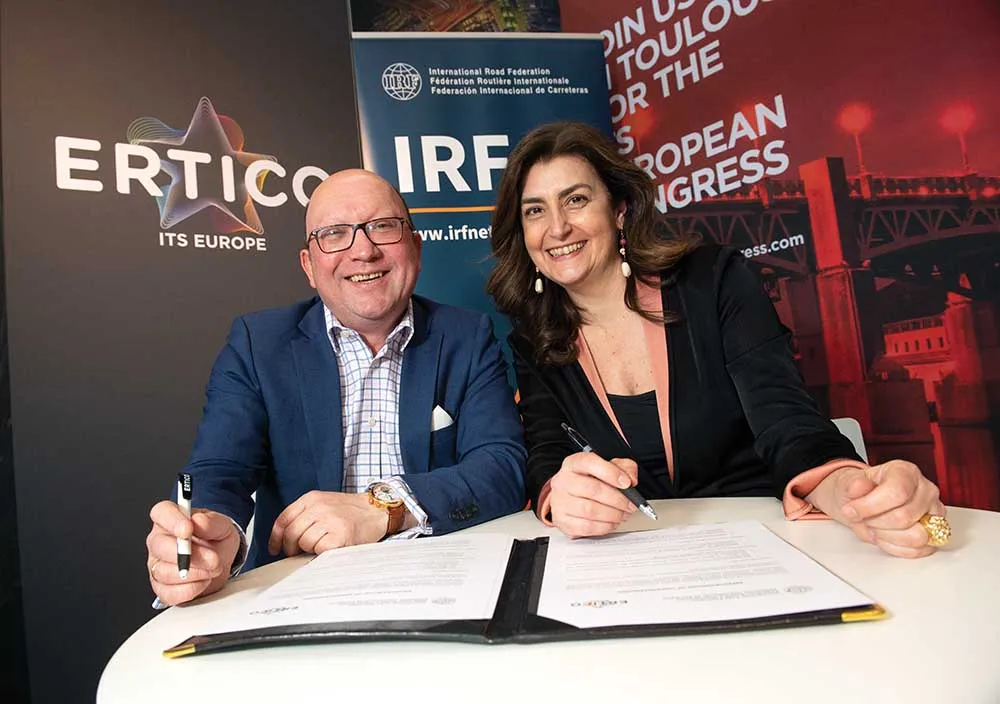Shift2Rail, the joint undertaking backed by the European Commission and the rail industry, has published its first calls for proposals, with funding of US$184 million to support innovation in railways. The Commission will contribute US$97 million, with the other US$86 million provided by the members of Shift2Rail.
In order to receive funding, projects will have to demonstrate their ability to increase the quality, reliability and punctuality of rail services while cutting its costs and facilitating cros
December 18, 2015
Read time: 2 mins
Shift2Rail, the joint undertaking backed by the European Commission and the rail industry, has published its first calls for proposals, with funding of US$184 million to support innovation in railways. The Commission will contribute US$97 million, with the other US$86 million provided by the members of Shift2Rail.
In order to receive funding, projects will have to demonstrate their ability to increase the quality, reliability and punctuality of rail services while cutting its costs and facilitating cross-border travel.
This first batch of calls covers the five Shift2Rail Innovation Programmes and is split into two categories: calls reserved for Shift2Rail Joint Undertaking members only and open calls which will be available to companies, universities, research institutes and others who are not Shift2Rail members.
Violeta Bulc, European Commissioner for Transport said: "Investing in innovation is critical to create jobs and get Europe to grow, two main priorities of the Commission. With today's calls for proposals, we want to pool the expertise from stakeholders towards these goals. Keeping European rail at the forefront of innovation will open new markets globally for our companies. It will also make rail more attractive for passengers and businesses. This is essential to reach our ambitious transport decarbonisation objectives."
Christos Economou, the interim Executive Director who has been in charge of setting up the Shift2Rail Joint Undertaking added: "The launch of the first calls is an important milestone for the Shift2Rail Joint Undertaking. I am convinced the Shift2Rail partners will deliver results that no single company, country or even the European Union as such would achieve alone."
The deadline for submissions of proposals is 17 March 2016, 17:00 CET. An information day on the Shift2Rail open calls will be held in Brussels, Charlemagne Building on 20 January 2016.
In order to receive funding, projects will have to demonstrate their ability to increase the quality, reliability and punctuality of rail services while cutting its costs and facilitating cross-border travel.
This first batch of calls covers the five Shift2Rail Innovation Programmes and is split into two categories: calls reserved for Shift2Rail Joint Undertaking members only and open calls which will be available to companies, universities, research institutes and others who are not Shift2Rail members.
Violeta Bulc, European Commissioner for Transport said: "Investing in innovation is critical to create jobs and get Europe to grow, two main priorities of the Commission. With today's calls for proposals, we want to pool the expertise from stakeholders towards these goals. Keeping European rail at the forefront of innovation will open new markets globally for our companies. It will also make rail more attractive for passengers and businesses. This is essential to reach our ambitious transport decarbonisation objectives."
Christos Economou, the interim Executive Director who has been in charge of setting up the Shift2Rail Joint Undertaking added: "The launch of the first calls is an important milestone for the Shift2Rail Joint Undertaking. I am convinced the Shift2Rail partners will deliver results that no single company, country or even the European Union as such would achieve alone."
The deadline for submissions of proposals is 17 March 2016, 17:00 CET. An information day on the Shift2Rail open calls will be held in Brussels, Charlemagne Building on 20 January 2016.









